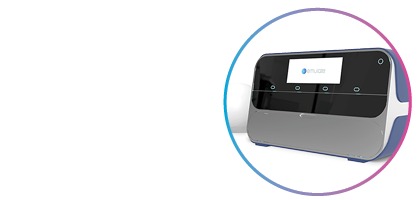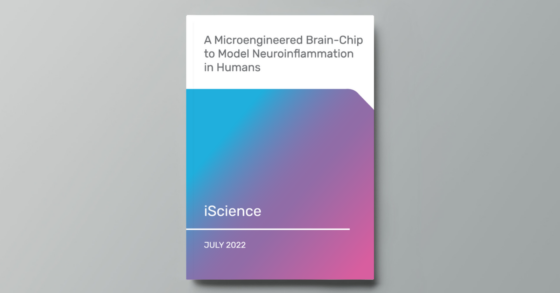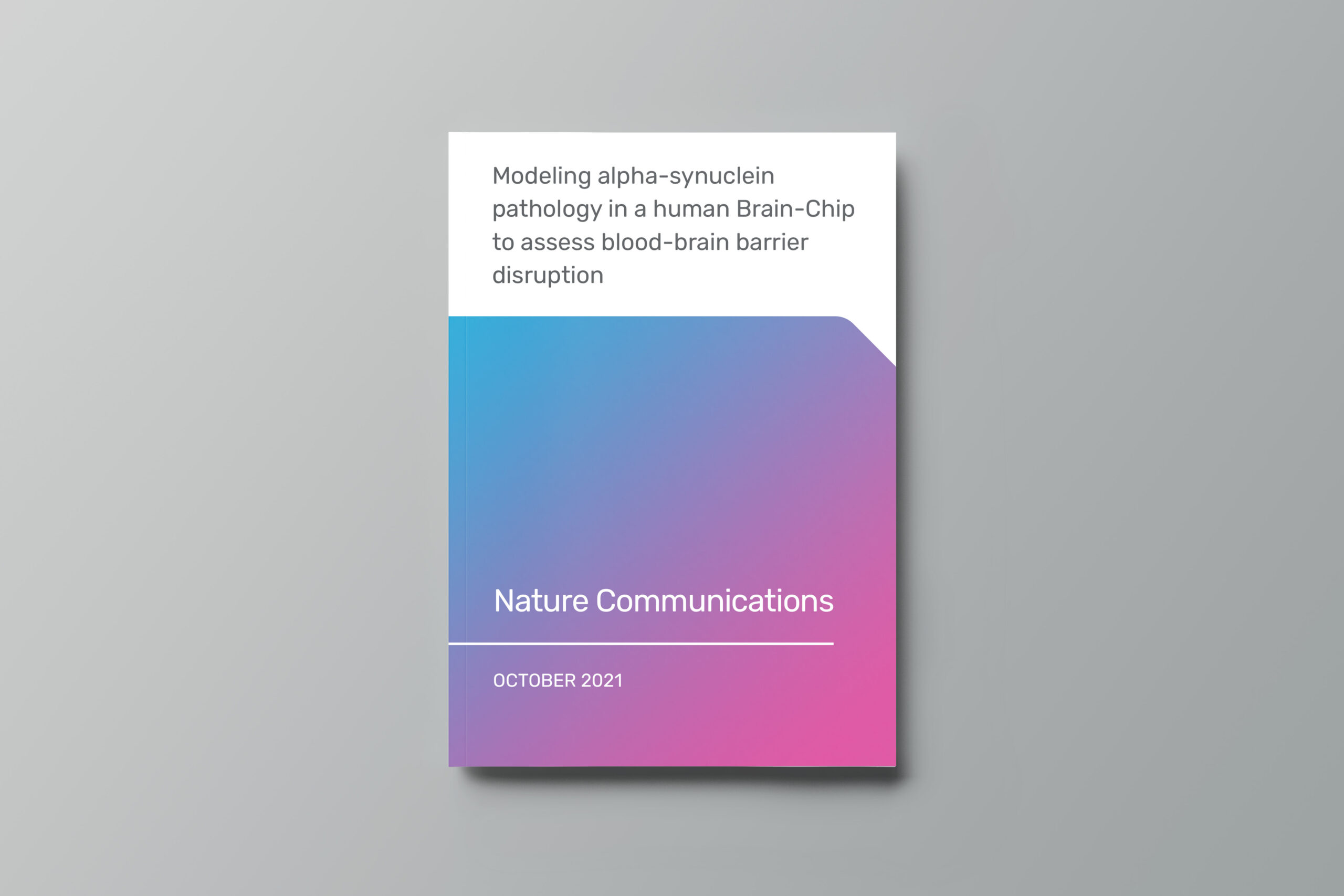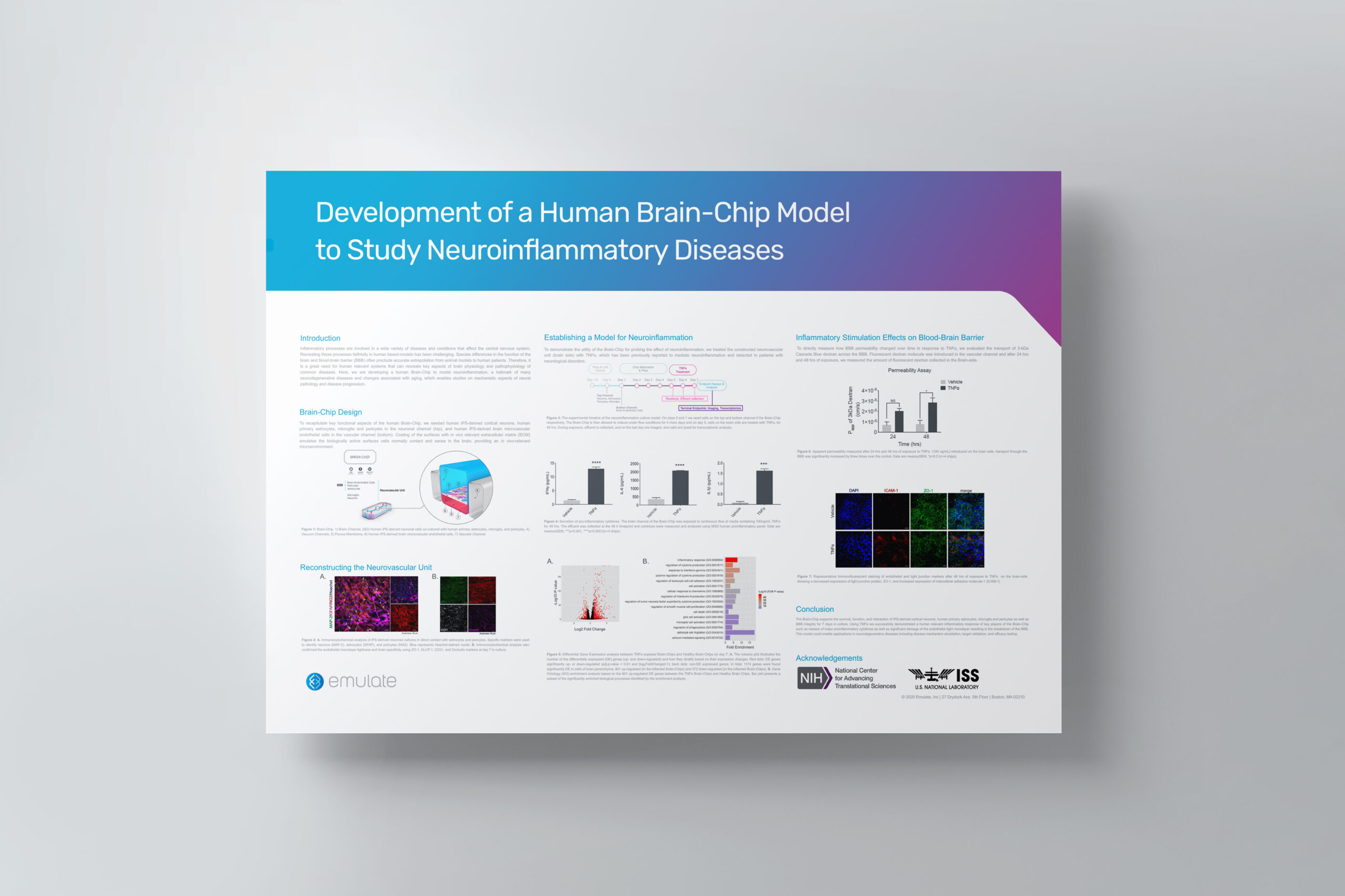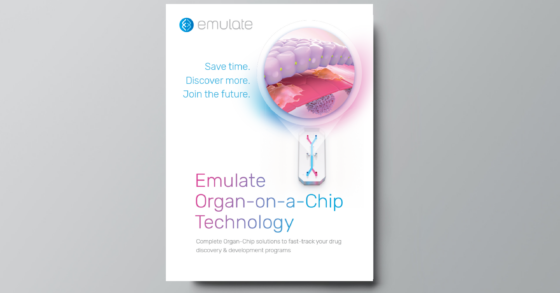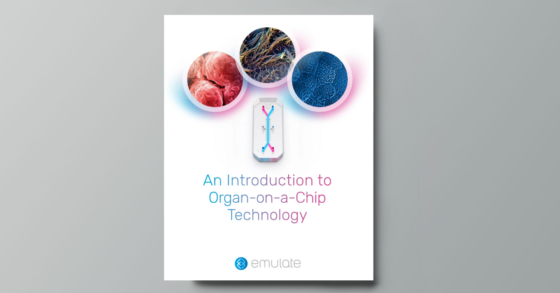organ-Chip model
Brain-Chip
Study human physiology, disease, and drug effect in a comprehensive model of the neurovascular unit
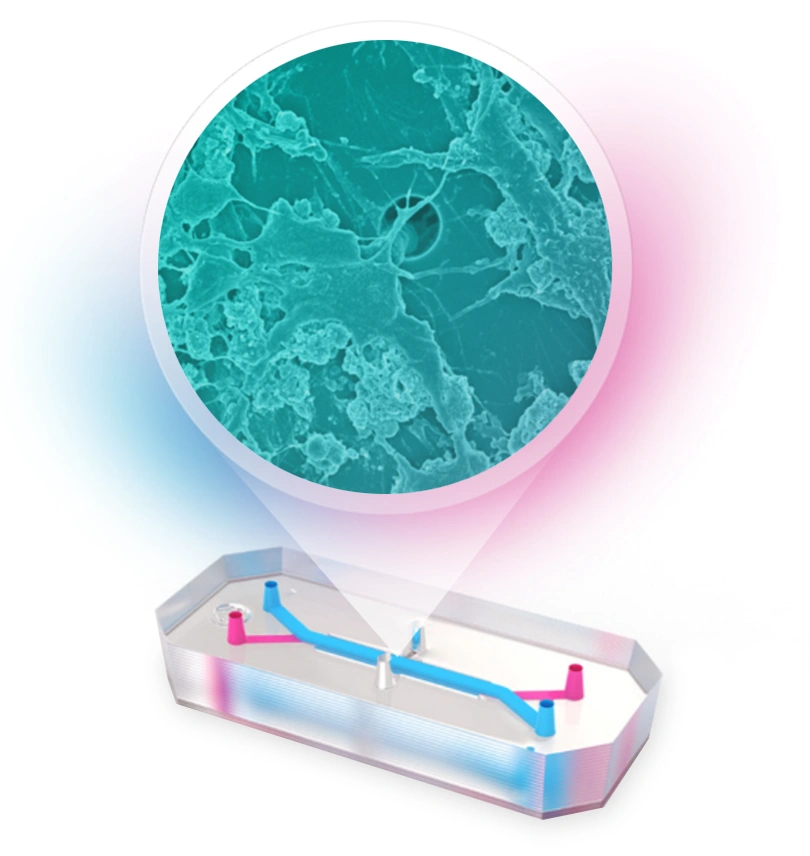
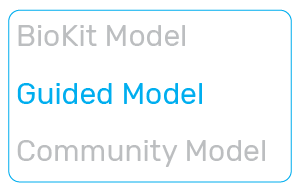
The Brain-Chip is a Guided Model that Emulate has firsthand experience developing and supporting. It can be created using a Basic Research Kit and a user’s own cell sources. Emulate offers guidelines and support from our field scientists for users to build a Brain-Chip using one of our Organ-Chip platforms.
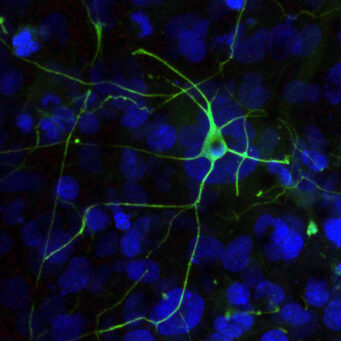
Characterization
The most comprehensive human neurovascular unit model
The Brain-Chip is being designed to overcome the limitations of other methods and provide researchers a more physiologically relevant understanding of neurovascular unit physiology and disease. Unlike other in vitro models such as organoids and conventional cell cultures, this ‘Brain-on-a-Chip’ model will more closely recapitulate morphological and functional characteristics of cortical brain tissue, incorporating both neuronal cells and an endothelial-like barrier in a single model.
Benefits
Multicellular complexity to improve neuron function
Unlike conventional cell cultures with limited cell types, the Brain-Chip contains five human cell types: neurons, astrocytes, pericytes, microglia, and brain microvascular endothelial-like cells.
In vivo-like barrier function
Maintain stable, long-term, and low barrier permeability in line with in vivo values due to the incorporation of media flow and supportive cells including microglia and astrocytes.
Improved gene expression
The dynamic microenvironment of Organ-Chips results in an improved -transcriptomic profile, with enrichment of key neurobiological pathways and closer overlap to in vivo adult cortex as compared to Transwell brain models.
Dynamic microenvironment with relevant microvascular endothelial like-cells
Flow improves functionality in cells to exhibit more in vivo-like behavior. Static cell culture and organoids lack shear stress, impacting cell differentiation and ability for long-term culture.
Stable functionality
Characteristic morphology, gene expression, and functionality can be maintained up to seven days of culture, unlike Transwell models which gradually lose functionality over this period.
A human-based model
Mitigate preclinical-to-clinical translational issues often seen in animal models.
Compatible with Zoë-CM2® Culture Module
The Zoë-CM2 Culture Module is a versatile system for model development & target validation. Capable of culturing up to 12 Organ-Chips at a time, the user-friendly platform gives researchers a window into the inner workings of human biology.
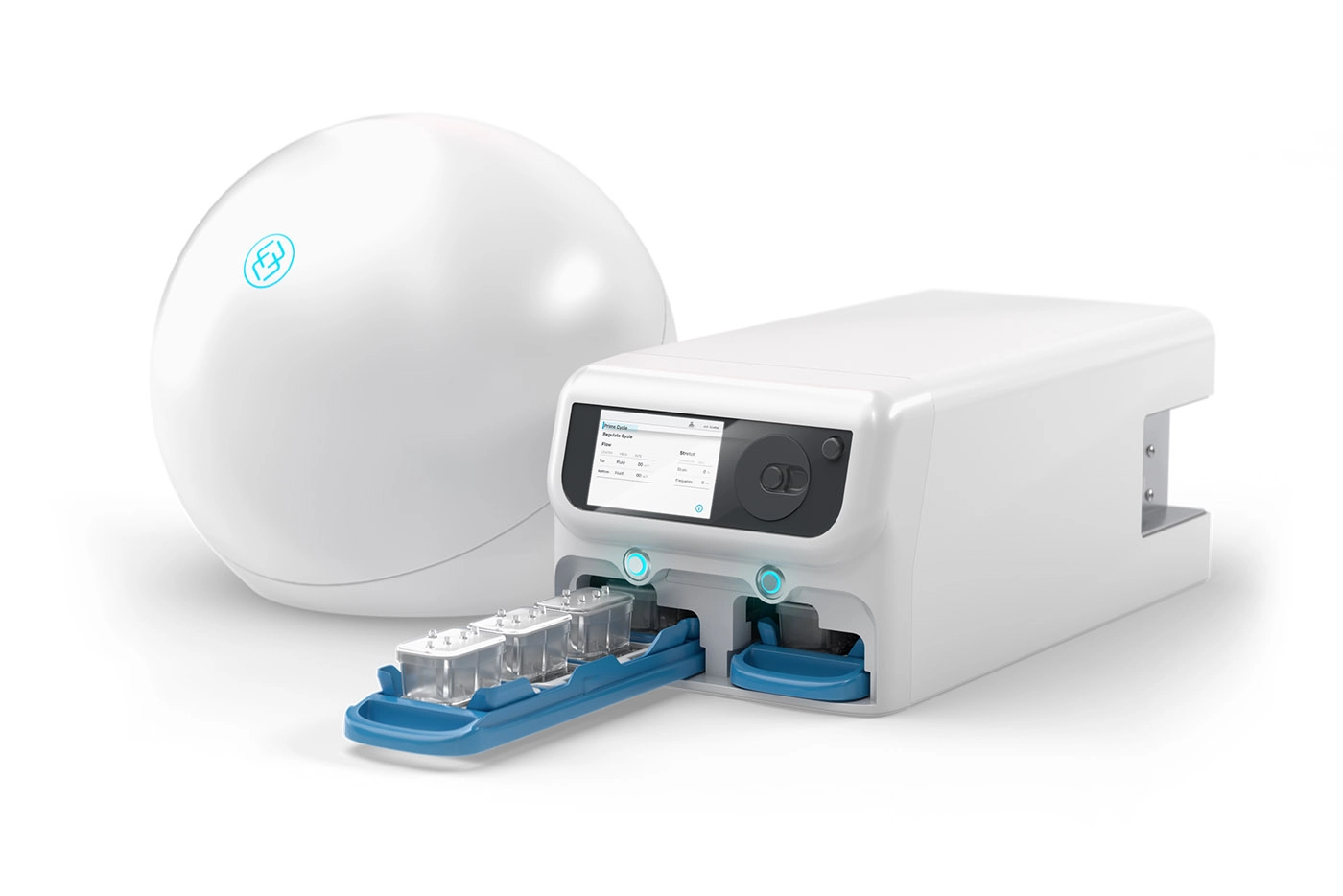
Get Started Today
Experience the predictive power of Organ-on-a-Chip technology.
Related Resources
Speak to an Expert
